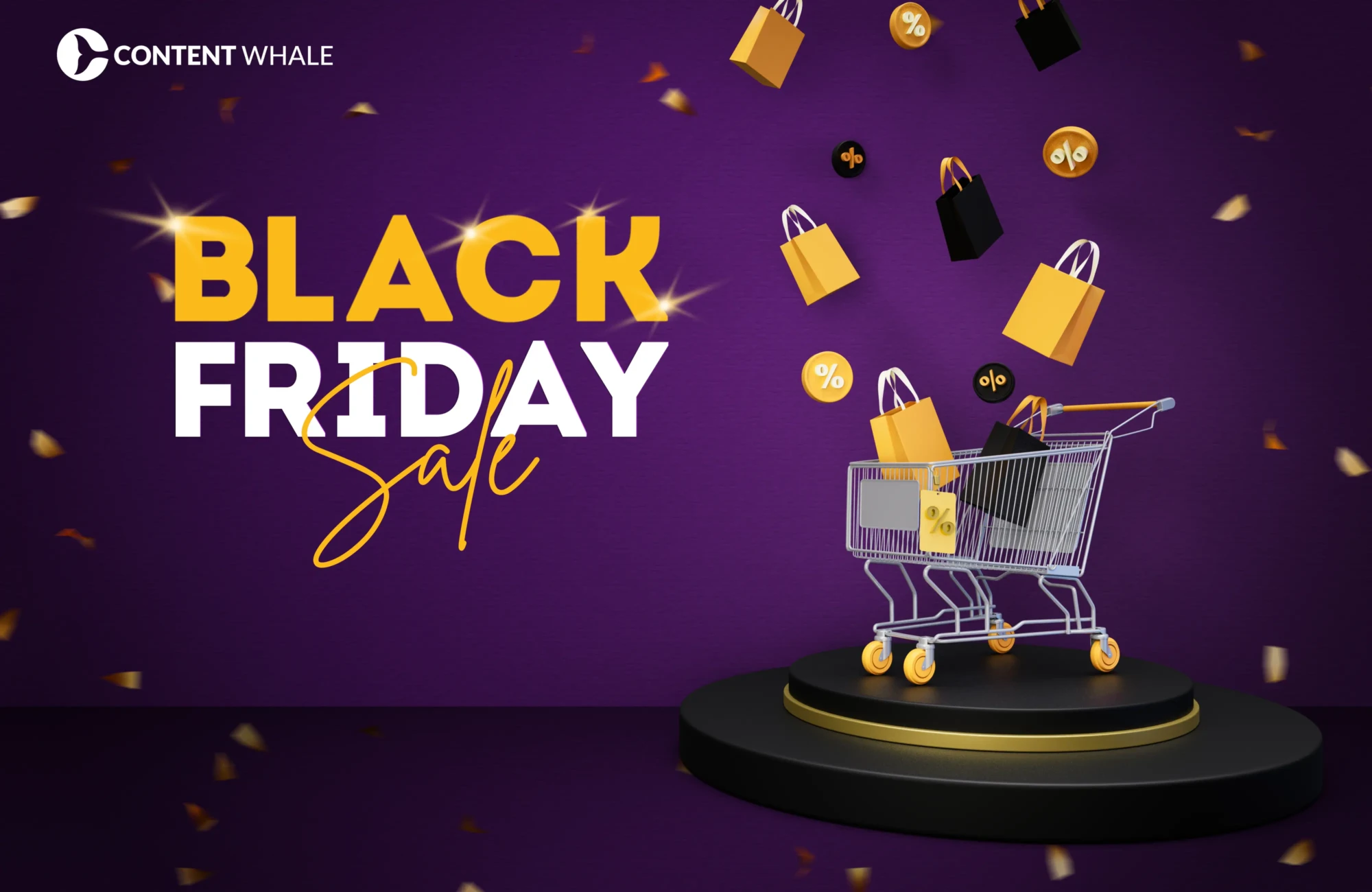Every online store is competing for one metric: conversion rate. It represents how many visitors complete a purchase, subscription, or action. Even small changes can move this number meaningfully. According to Google’s research, improving mobile site speed by just 0.1 second can raise conversions by 8.4% in retail and 10.1% in travel sectors (Source). The Baymard Institute found that an average of 70% of shoppers abandon their cart before completing checkout (Baymard Institute, 2024). That’s lost profit sitting in abandoned carts.
What separates successful stores isn’t traffic volume but how effectively they convert it. The best brands combine UX optimization, data-led testing, and psychological triggers to guide shoppers smoothly toward purchase.
This guide will explore 10 ways to improve your conversion rate with actionable methods grounded in real data: covering speed, mobile usability, trust, personalization, and testing to help you turn visits into measurable revenue growth.
1. Speed and Core Web Vitals to Grow Conversion Rate
Speed defines first impressions. Slow sites lose shoppers faster than poor design. A Portent study (2022) showed that pages loading in one second convert three times higher than those taking five seconds (Source). Every additional second of delay can reduce conversion rate by up to 7%.
To address this, optimize images, scripts, and font files. Use lighter formats such as WebP or AVIF, which maintain clarity with smaller file sizes. Compress JavaScript, minify CSS, and preload key assets like hero images or fonts. Conduct monthly tests with Google PageSpeed Insights and Lighthouse to catch regressions.
Improving Core Web Vitals, Largest Contentful Paint (LCP), Interaction to Next Paint (INP), and Cumulative Layout Shift (CLS) creates smoother, faster experiences that keep users engaged and increase your ecommerce conversion rate. Retailers like Amazon famously reported a 1% drop in sales for every 100ms of added latency, proving the business impact of speed.
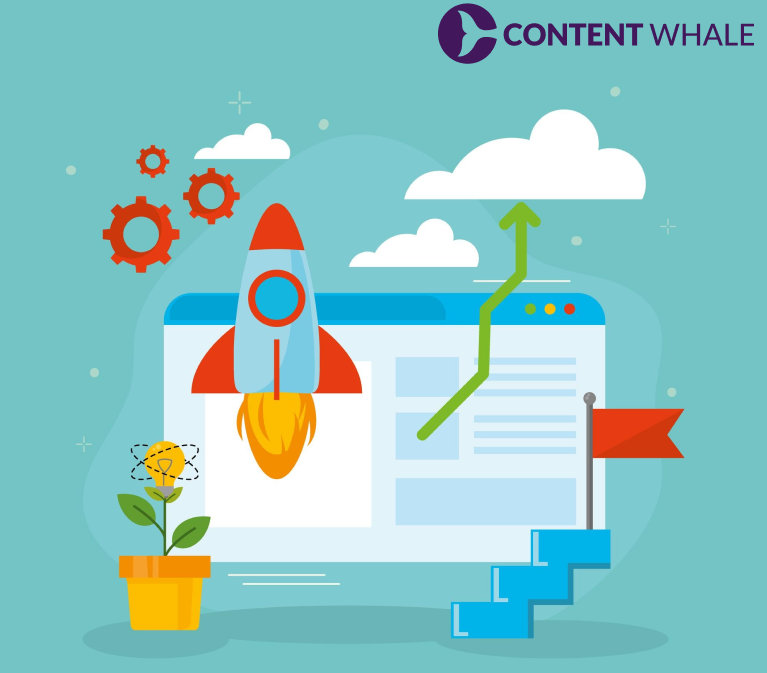
2. Mobile First Checkout to Raise Ecommerce Conversion Rate
Over 65% of ecommerce traffic now comes from mobile, yet conversions lag nearly 40% behind desktop (Source). That gap reflects friction in mobile checkout design.
Mobile buyers often abandon due to lengthy forms or unclear steps. Simplify with a guest checkout option so users can purchase without creating accounts. Reduce keystrokes by enabling auto-fill for names and addresses. Keep essential details, shipping, payment, and summary visible at all times.
Use clear progress bars that show checkout steps like “Shipping,” “Payment,” and “Review.” Add sticky action buttons such as “Continue to Payment” that stay visible during scrolls. These visual cues reduce hesitation and improve completion rates by 15–20%.
Retailers like Shopify Plus merchants have observed measurable boosts in ecommerce conversion rate after implementing one-page mobile checkouts and wallet integrations such as Apple Pay and Google Pay. A mobile-first mindset should prioritize simplicity and speed, not just responsive design.
3. Product Detail Page Improvements for Conversion Rate
The product page decides whether interest turns into purchase. Shoppers want clarity and confidence before they click “Buy.” According to Nielsen Norman Group (2023), people recall information 80% better when it includes visuals (Source).
Include high-resolution product images from multiple angles, lifestyle photos showing products in use, and short demo clips. Pair these visuals with concise, benefit-driven copy that focuses on outcomes (“Stay warm and dry in any weather”) rather than just features (“Waterproof fabric”).
Comparison charts showing differences between models or variants help buyers make quick decisions. Add tabs for specifications, sizing guides, and FAQs. Use badges like “Best Seller” or “Customer Favorite” to highlight social proof.
Products with detailed descriptions and visual storytelling often see a conversion rate uplift of 20–30% compared to minimal listings. The goal is to reduce uncertainty, not overwhelm, make the buying decision easy, not exhausting.
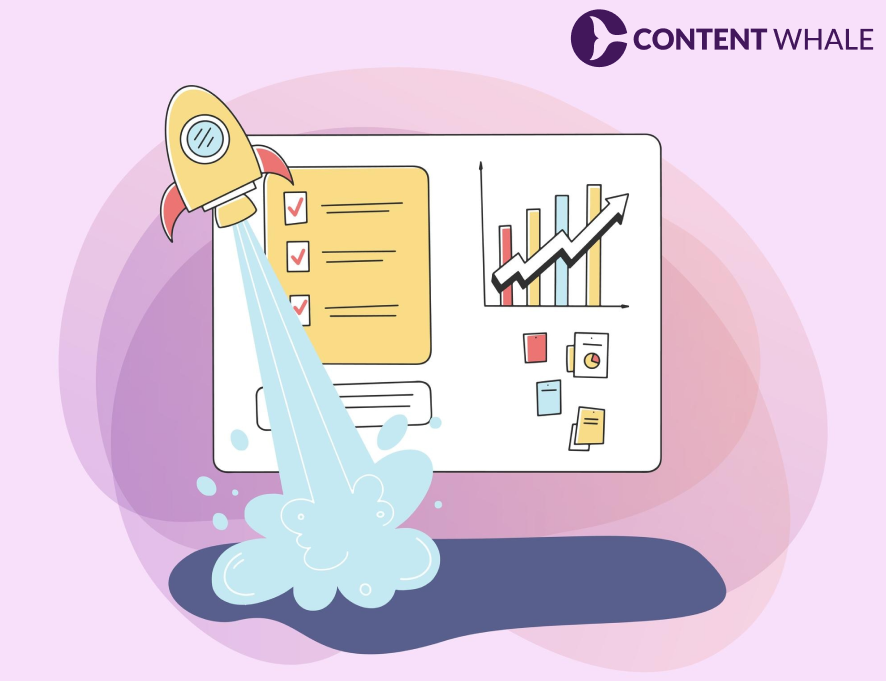
4. Trust Signals That Lift Ecommerce Conversion Rate
Trust is the invisible driver of every sale. The Edelman Trust Barometer (2023) reports that 81% of consumers say brand trust directly influences purchasing decisions.
Showcase verified product reviews with photos and ratings. Use third-party trust seals like Norton, McAfee, or BBB to reassure buyers during checkout. Display transparent refund and return policies near CTAs instead of hiding them in footers.
Include visible contact options: email, phone, or live chat, so customers feel supported. Highlight secure payment gateways (SSL badges, HTTPS) and privacy statements that explain how user data is handled.
User-generated content like unboxing photos, video testimonials, and community posts builds authenticity. Brands like Glossier and Allbirds have used UGC to build trust-based ecosystems that consistently lift ecommerce conversion rate (Source).
5. Payment Experience That Supports Ecommerce CRO
Smooth payment flow is critical. According to Baymard’s 2024 Checkout Usability Study, 18% of shoppers abandon their carts because their preferred payment method isn’t available.
Provide multiple trusted options: credit cards, PayPal, Apple Pay, Google Pay, and region-specific wallets such as Paytm or Klarna. Streamline payment forms by defaulting to saved cards for returning users (Source).
Integrating “Buy Now Pay Later” programs such as Affirm or Afterpay can increase order values and conversions among price-sensitive shoppers. Transparency also matters, displaying taxes, shipping, and total cost upfront to avoid last-minute exits.
Post-payment pages should confirm the order instantly and offer tracking or next-step details. A seamless, low-friction experience can increase ecommerce CRO performance by 20–25%.
6. Onsite Search and Merchandising to Drive Conversion Rate
Visitors who use search are already motivated buyers. The Nosto Ecommerce Index (2023) found that site searchers have a 2.4x higher conversion rate than average visitors.
Enhance your internal search with typo tolerance, autocomplete, and filters for price, category, and reviews. Even if a query yields no direct result, suggest similar or trending products.
Use behavioral data to power merchandising: highlight “Customers also bought” or “Trending this week.” Display limited stock warnings or dynamic “Only 2 left” notices to drive urgency.
Regularly analyze zero-result searches to identify missing inventory or keyword mismatches. Smart search and merchandising not only improve user experience but also raise conversions by 10–15% (Source).
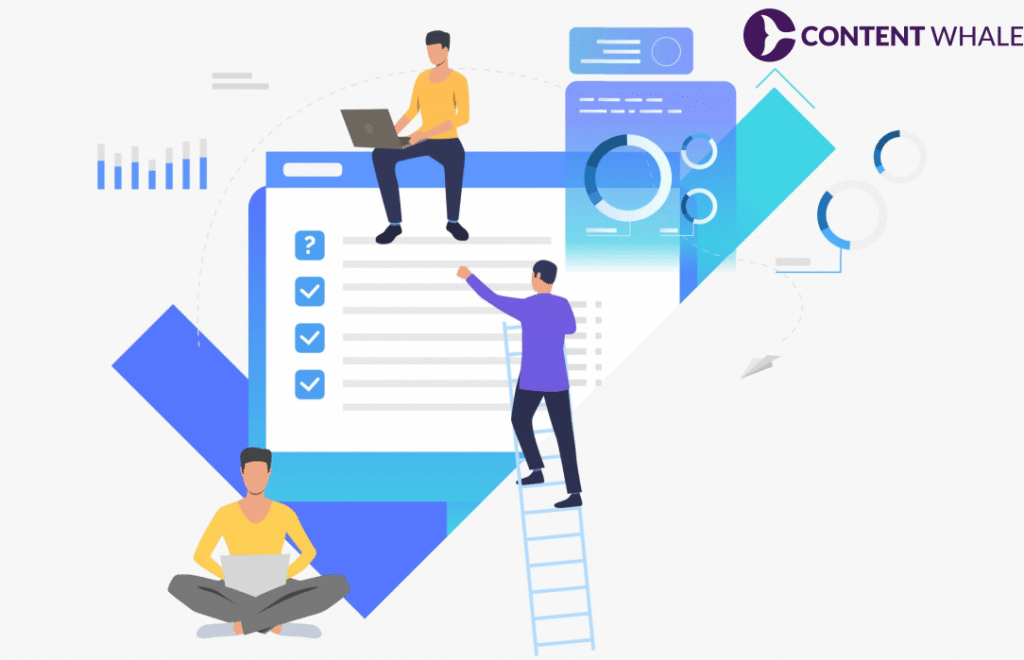
7. Personalization and Recommendations for Ecommerce CRO
Personalization is the difference between browsing and buying. McKinsey & Company (2023) reports that 76% of consumers are more likely to purchase when they receive personalized recommendations (Source).
Use browsing history, cart behavior, and previous purchases to deliver tailored suggestions. Display “Frequently Bought Together” or “Recently Viewed” sections to rekindle intent.
Send personalized emails when items are restocked or discounted. Segment customers by interests, location, or lifecycle stage to offer relevant products. Even simple personalization like greeting users by name or remembering preferences builds emotional connection and loyalty.
Advanced recommendation engines powered by AI can deliver real-time dynamic offers that lift ecommerce conversion rate by 25–35%. Brands like Amazon attribute over 30% of their sales to recommendation algorithms.
8. Offer Strategy That Reduces Cart Abandonment
Cart abandonment is ecommerce’s biggest leak. According to Baymard (2024), 48% of abandons happen because of unexpected costs, and 18% because checkout feels too long or complicated (Source).
Introduce transparency early: show taxes, delivery fees, and coupon options before checkout. Offer incentives like free shipping thresholds (“Add $15 more for free delivery”) or time-limited discounts (“Get 10% off if you order within the next 10 minutes”).
Implement exit-intent pop-ups to win back shoppers who hover over the close button. A small offer, even a 5% discount, can recover up to 12% of abandoning visitors.
Retargeting ads that remind users of their cart items across platforms such as Google and Meta also help maintain top-of-mind recall and increase overall conversion rate retention.
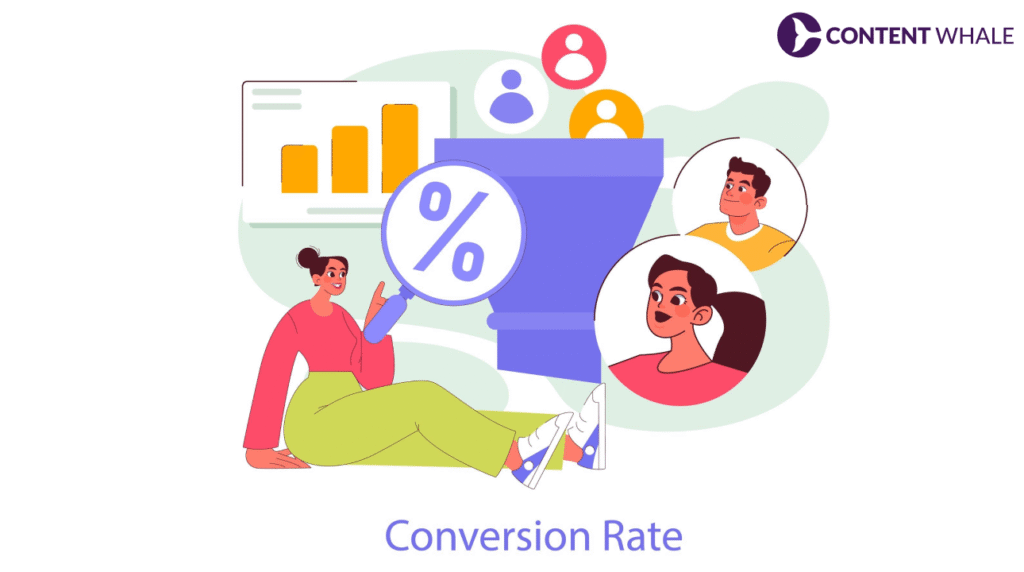
9. A/B Testing and Heatmaps to Improve Conversion Rate
A/B testing removes guesswork. Harvard Business Review (2023) found that organizations using structured experimentation programs outperform competitors in conversion growth by 30%.
Start with one variable at a time: CTA placement, button color, or product title format. Monitor key metrics like click-through rate and form completion.
Use heatmaps to visualize attention areas and scroll maps to detect where users lose interest. Session recordings reveal friction points like broken links or confusing navigation (Source).
Keep a testing calendar that documents hypotheses, changes, and results. Over time, this builds a knowledge base for what resonates with your audience and sustains long-term ecommerce CRO improvements.
10. Retention Loops That Protect Ecommerce Conversion Rate
Acquiring a new customer can cost up to five times more than retaining one. Adobe Digital Insights (2024) found that repeat buyers spend 67% more than first-time customers.
Design retention systems that keep users engaged post-purchase. Send automated thank-you emails, request feedback, and recommend complementary products. Launch loyalty programs that reward frequent purchases with discounts or early access.
Reactivation campaigns targeting dormant users through personalized messages can reactivate 10–15% of old buyers. Offering simple incentives like bonus points or “We miss you” vouchers maintains brand visibility.
Building strong retention loops stabilizes your conversion rate and lowers acquisition costs, giving your business consistent revenue and lifetime value growth (Source).
How Content Whale Can Help?
At Content Whale, we go beyond writing, we design complete conversion frameworks that help brands turn visitors into paying customers. Our focus is on measurable outcomes, not cosmetic redesigns. Every project begins with data: analyzing user behavior, emotional triggers, and real user interactions to uncover where shoppers hesitate and why they drop off.
We craft persuasive headlines, product descriptions, and calls to action that simplify decisions and encourage seamless checkout experiences. Each line of copy is tested for clarity, engagement, and persuasion to directly improve your conversion rate.
Our experts also build A/B test variants with research-backed hypotheses, combining insights from heatmaps, scroll depth, and click tracking. We create tailored playbooks that bring together product storytelling, customer reviews, and authentic visuals to establish trust and motivate action.
Conclusion
Improving conversion rate is a continuous process. It’s about reducing friction, increasing trust, and constantly learning from user behavior. The best ecommerce brands treat CRO as an ongoing practice, where every small change compounds results over time.
Start with your slowest page, most abandoned cart, or checkout drop-off point. Then fix, test, and repeat. Over time, you’ll see a consistent lift in your ecommerce conversion rate without spending more on ads.
If you want expert-led insights, Content Whale can help design, test, and scale strategies that convert visitors into loyal customers through focused CRO storytelling and optimized UX writing.
FAQs
What is a good ecommerce conversion rate?
Most ecommerce stores average between 2% and 4%. Top-performing sites can exceed 5%, depending on their niche and traffic intent (Source).
How fast should pages load to improve conversion rate?
Aim for load times under 2 seconds and interactivity under 250 milliseconds. A Google analysis (2023) found that a one-second delay can drop mobile conversions by up to 20%.
Which checkout changes lift the ecommerce conversion rate the most?
Simplifying checkout, enabling guest purchases, offering local payment methods, and showing real-time cost summaries deliver the biggest gains.
How often should A/B tests run for ecommerce CRO?
Run at least one test per month, tracking results until statistical significance (usually 95% confidence). Continuous testing sustains improvements across seasons.


